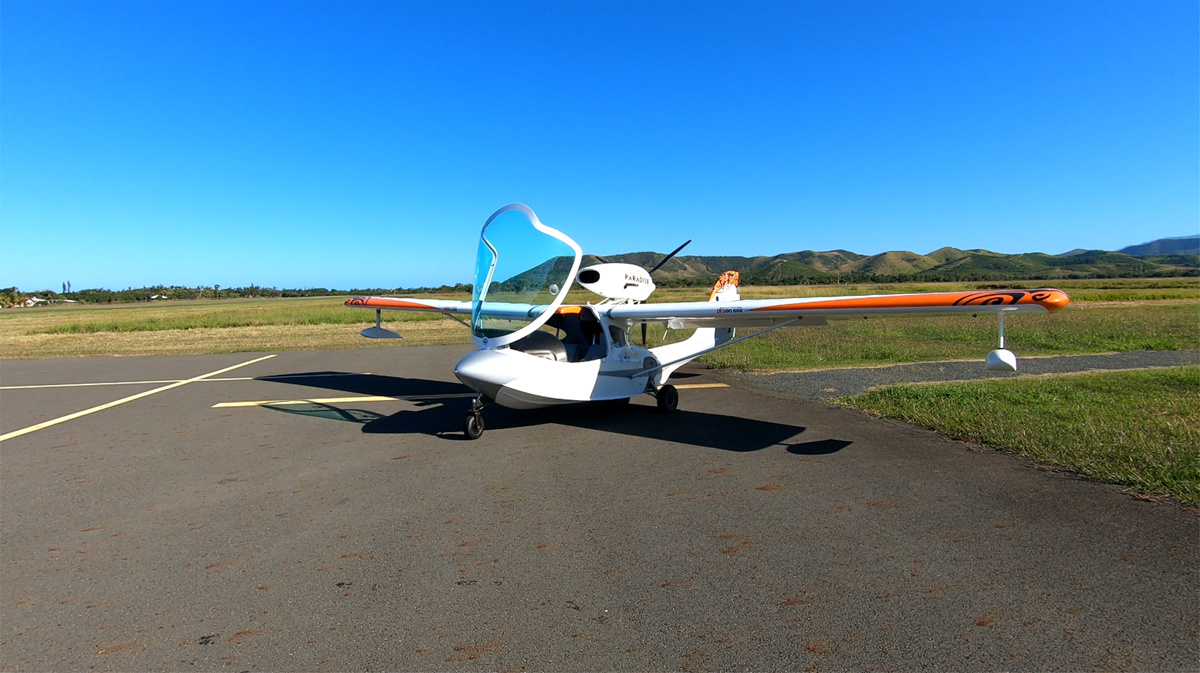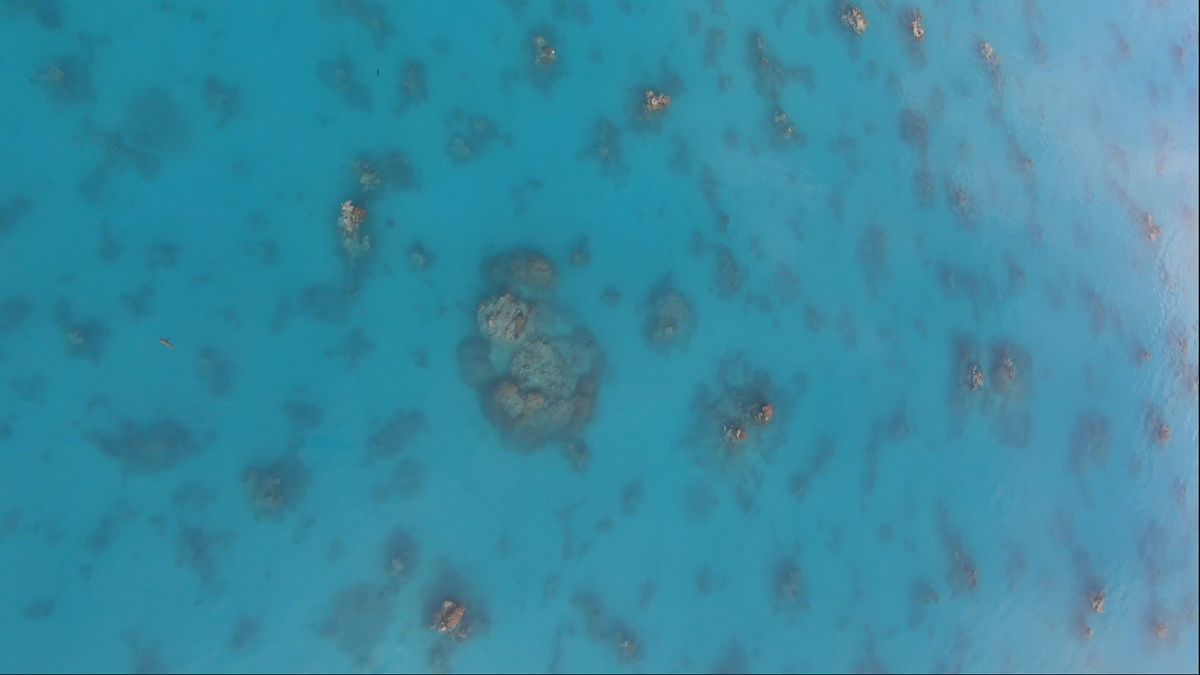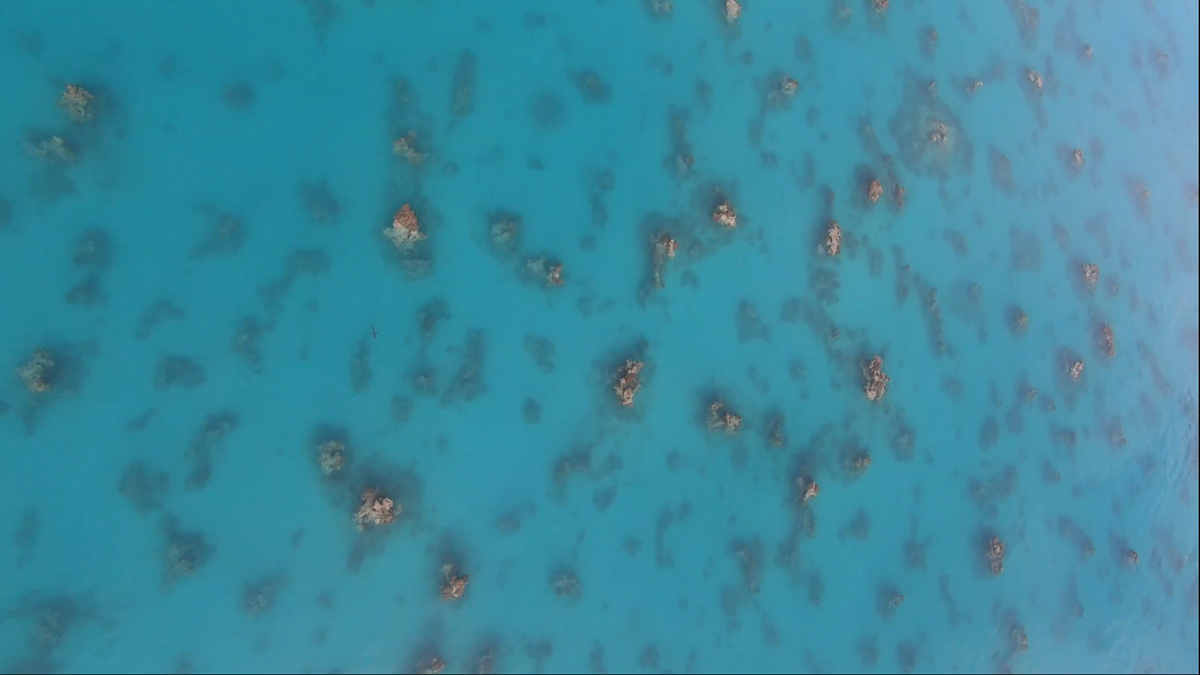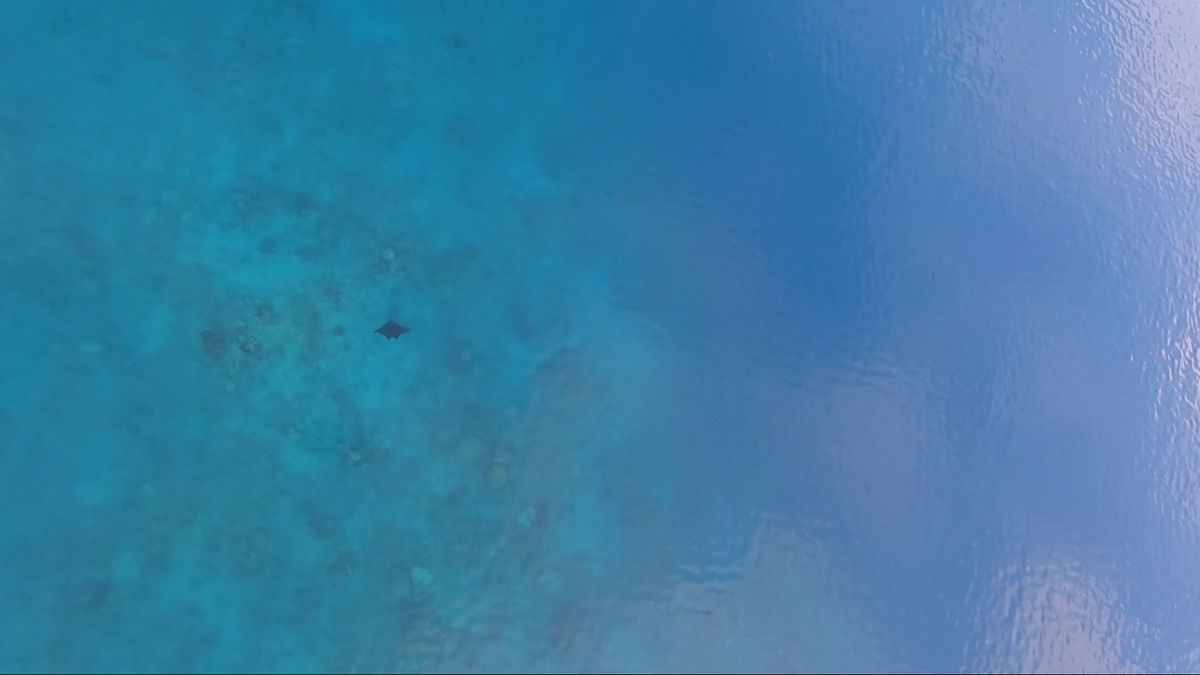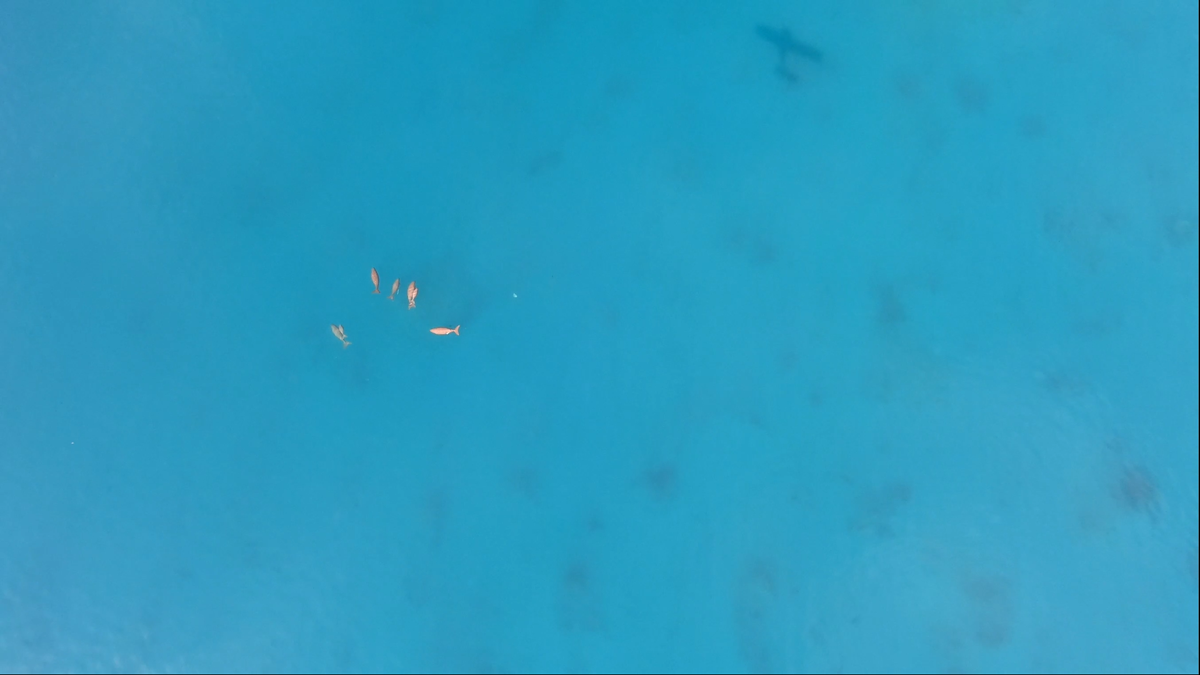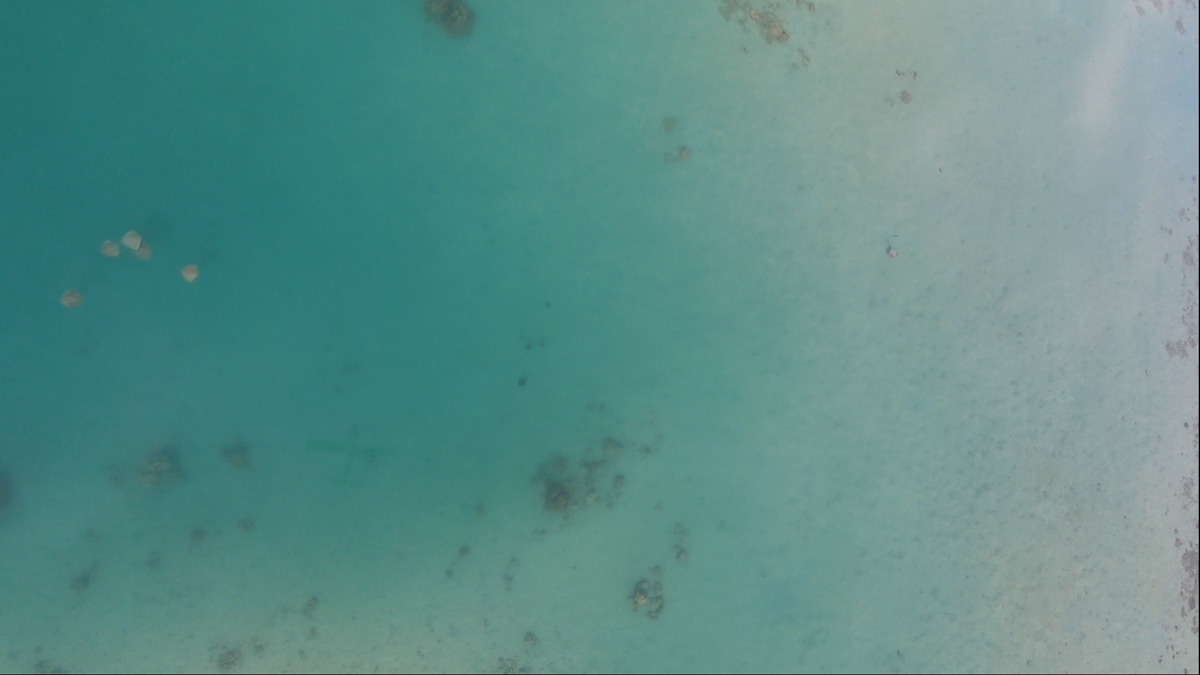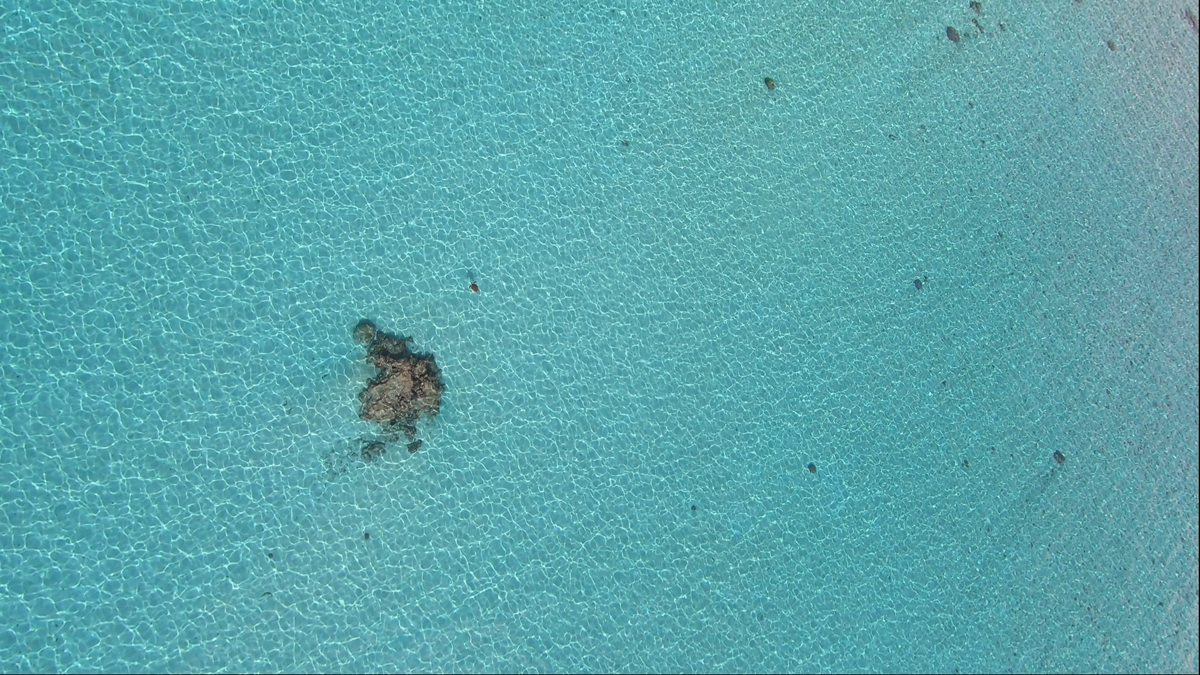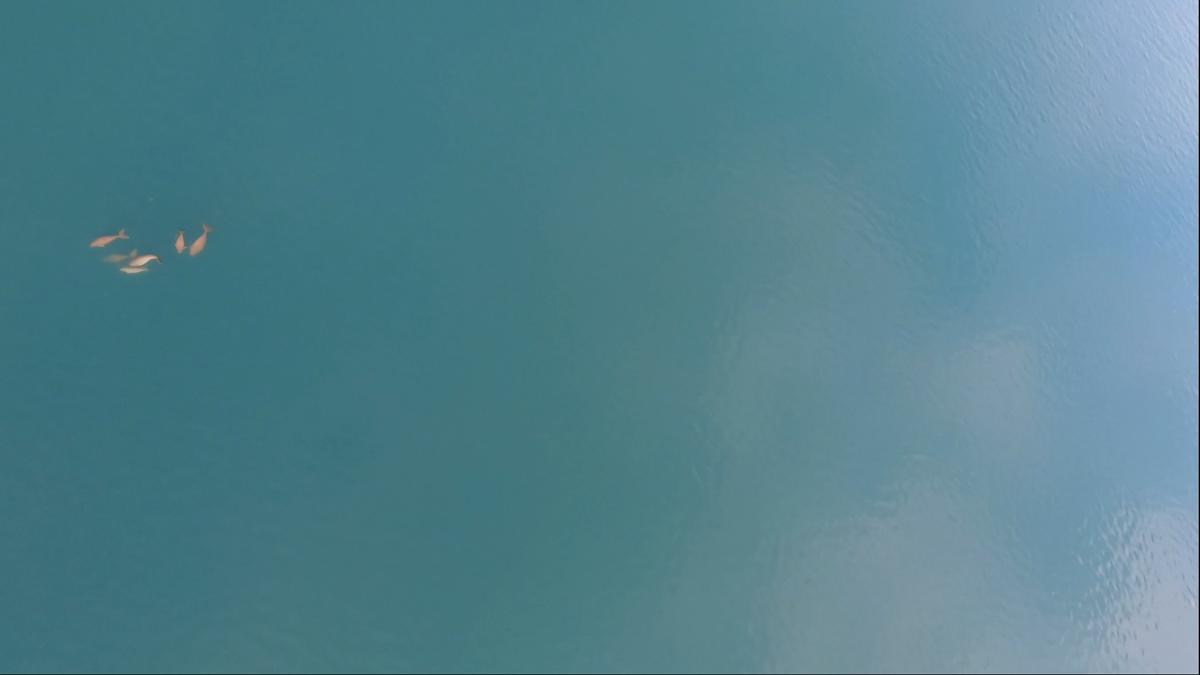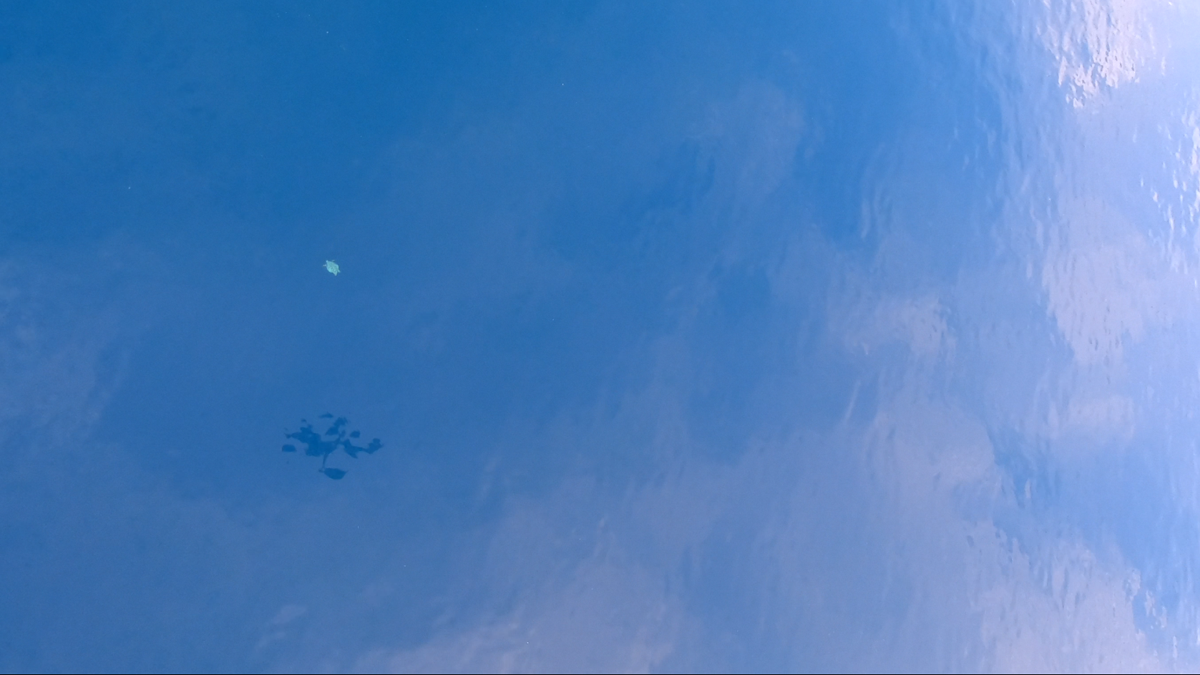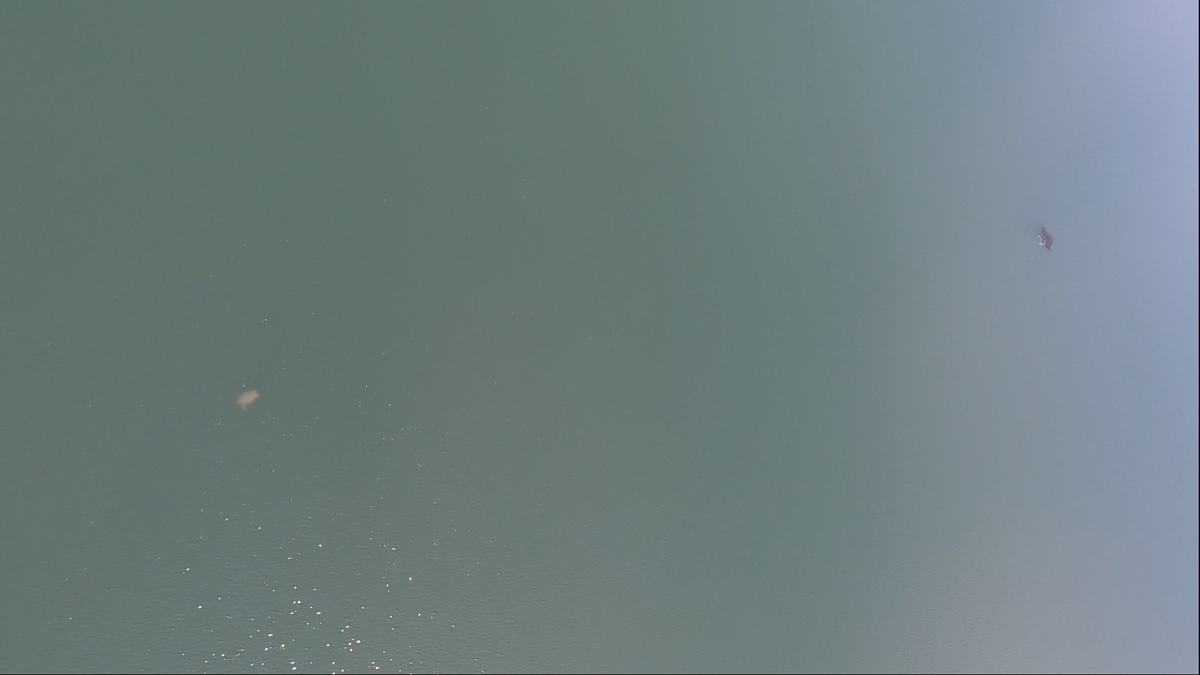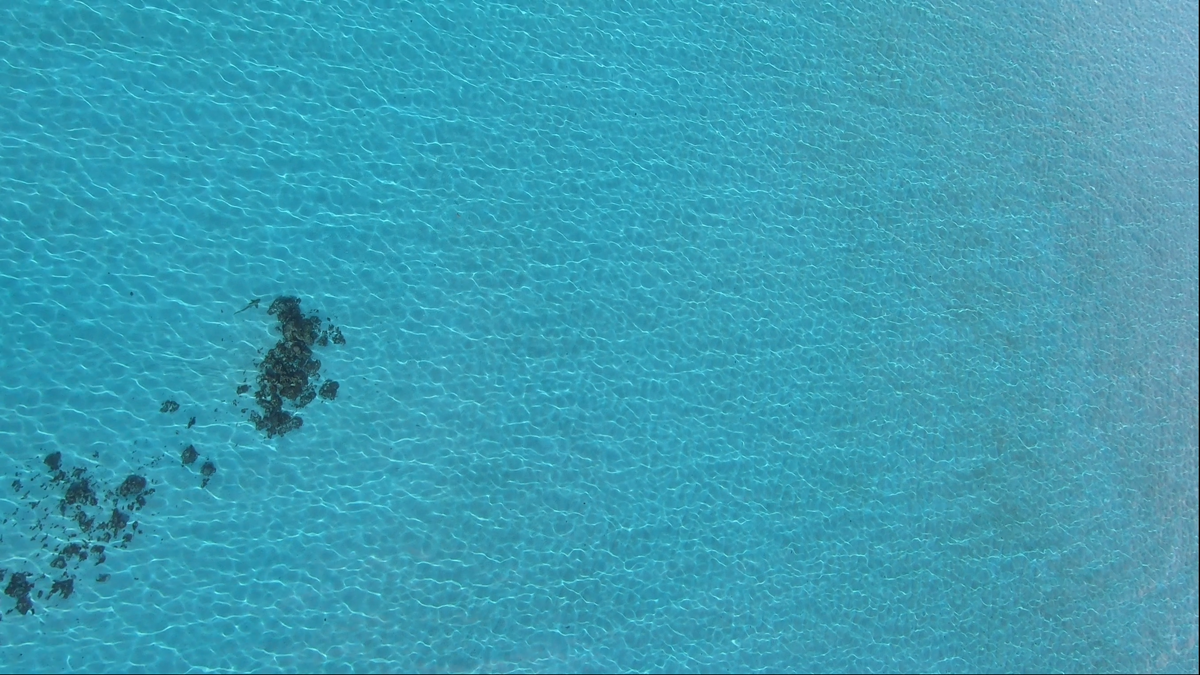Artificial intelligence and the dugong
Using social networks and artificial intelligence to better protect marine megafauna is the aim of Laura Mannocci's work in New Caledonia. A project that involves taking to the skies... in a microlight.
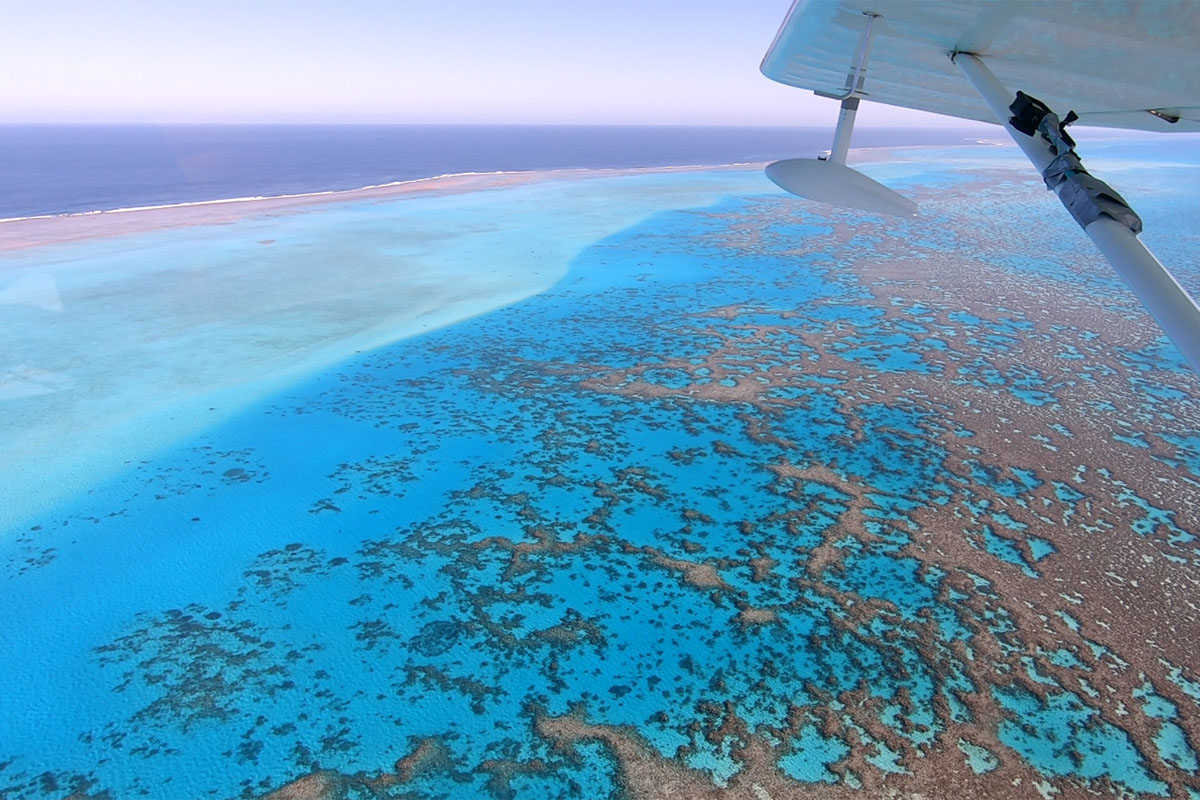
Dugongs, rays, sharks, turtles... these great representatives of what we call the marine megafauna are particularly vulnerable. " These animals reproduce late and have few offspring, making them fragile species that require special protection," explains Laura Mannocci, marine biologist at the Marbec laboratory. Fewer than 1,000 dugongs, these large marine herbivores, still inhabit the waters of New Caledonia.
To better protect these majestic animals, we need to start by taking a better census of them. This is the task tackled by researchers from the Marbec, Entropie and Lirmm laboratories, using an innovative method involving artificial intelligence, " tools that ecologists are increasingly adopting ", explains Laura Mannocci.
Aerial census
Where surveys are traditionally carried out below sea level, Laura Mannocci chose to take to the skies. 50 to 60 meters to be exact, the altitude at which her microlight flew over a portion of New Caledonia's western lagoon. " These waters are very shallow, 2 metres maximum, so you can see the marine animals even at this altitude ," explains Laura Mannocci. To make sure she didn't miss a thing, the researcher attached a camera to the motorized ultralight, to capture the ballet of stingrays or the passage of turtles.
If filming is one thing, identifying is another... And that's where algorithms come in. " We used what is known as deep learning , artificial intelligence applied to pattern recognition ", explains the biologist. The researchers developed an " intelligent " program designed to visualize the images filmed during the overflight of the lagoon and identify a school of stingrays here, or a dugong hidden next to a coral spatula here.
Social networking
To identify these animals, the recognition algorithm, which " learns to learn ", must first have seen many of them. " We had to have images from several angles and in various habitats ", explains the biologist. How do you collect so many images of an animal as stealthy as a shark or as rare as a dugong, for example? To overcome this obstacle, the scientists turned to... social networks. " The dugong is such an emblematic animal that we thought that when people had the chance to film it, they would probably post the images on social networks," explains Laura Mannocci.
After scouring Facebook, Instagram and Youtube, the scientists identified 20 dugong videos with which they "fed" the algorithm to teach it to recognize the animal. The result: thanks to deep learning, the program is able to detect and identify 80% of the animals in the videos. " This method offers a powerful new way of counting and mapping dugongs and other charismatic marine species, with the aim of protecting them more effectively. In particular, these censuses could lead to recommendations being made to place certain areas under strict reserve, if necessary ", explains Laura Mannocci.
